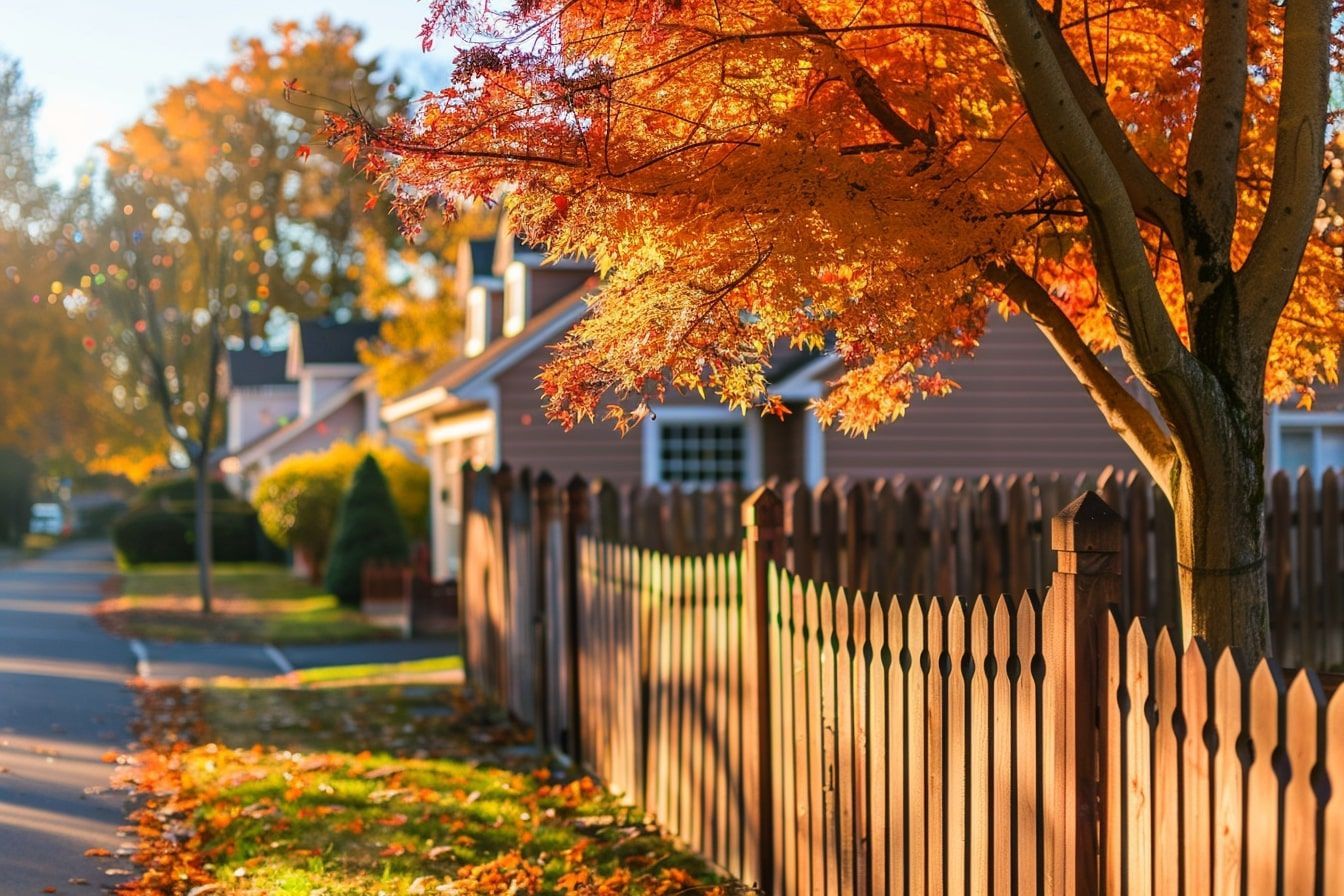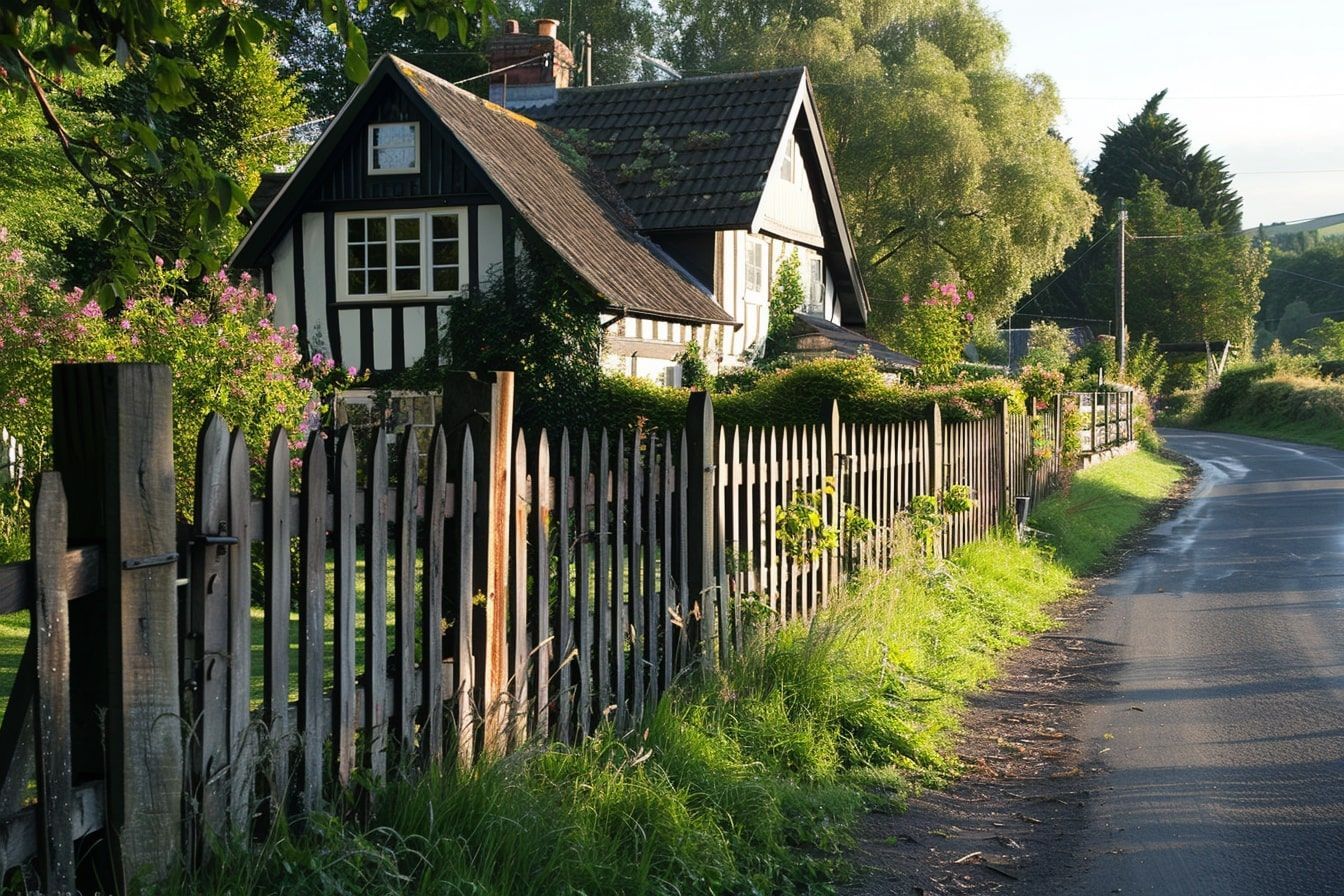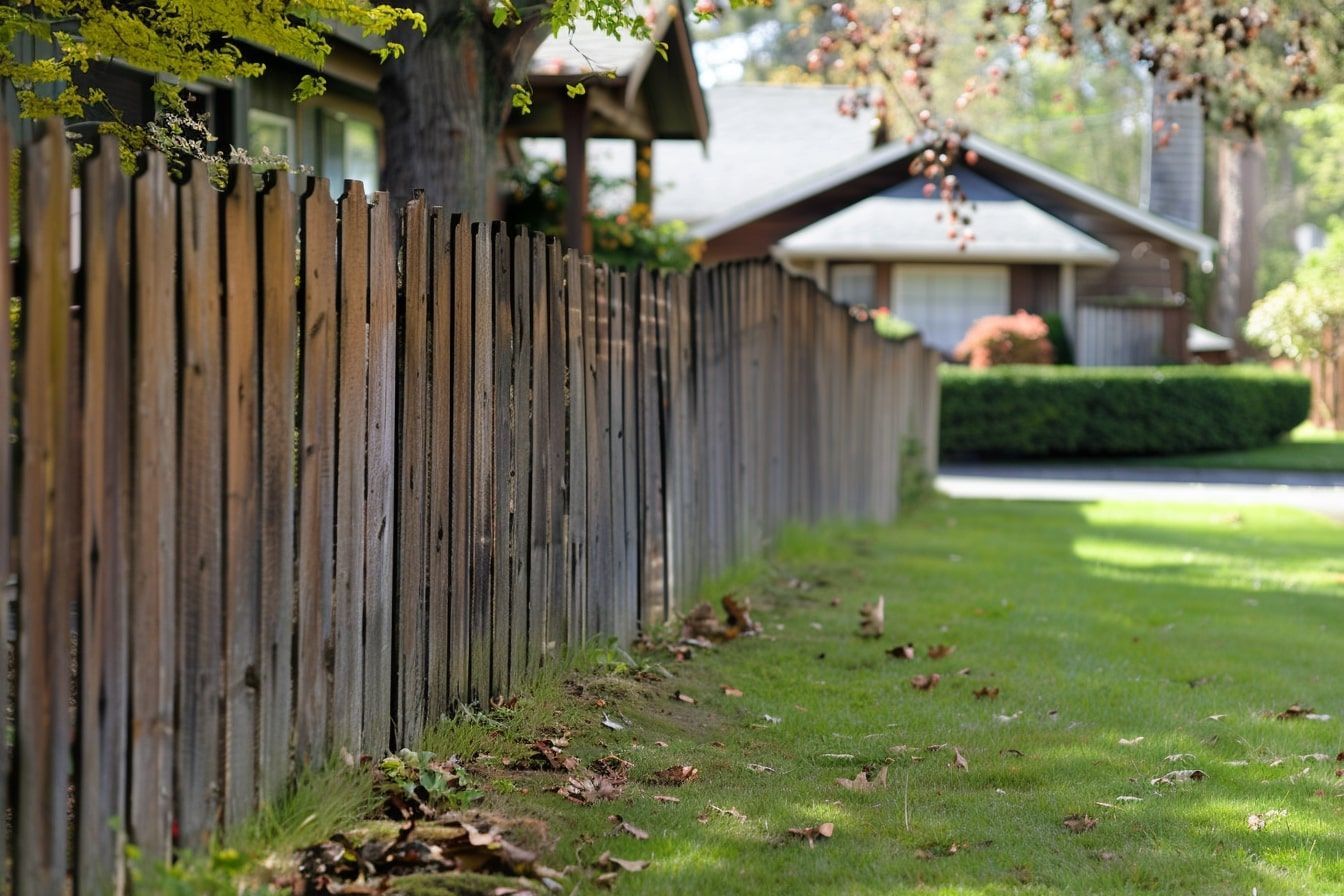Natural Treatments for Wood Fences: Eco-Friendly Protection
Are you looking for a way to protect your wood fence without harming the environment? Natural wood fence treatments offer a sustainable solution that ensures the longevity of your fence while keeping your outdoor space green. Dive into eco-friendly options that provide effective protection without resorting to harmful chemicals.
Why Choose Natural Wood Fence Treatments?
Environmental Benefits
Using natural treatments helps reduce your carbon footprint and minimizes the release of toxic substances into the environment. These treatments are derived from renewable resources and are biodegradable.
Health and Safety
Eco-friendly treatments are safe for children, pets, and plants. They do not emit harmful fumes or residues, making your outdoor space healthier for everyone.
Popular Natural Wood Fence Treatments
Linseed Oil
Linseed oil is a popular choice for natural wood preservation. It penetrates deeply into the wood, offering protection against moisture and pests. Apply it regularly to maintain the wood’s natural beauty and durability.
Application Steps:
- Clean the fence thoroughly.
- Apply linseed oil with a brush or cloth.
- Let it soak in and wipe off excess oil.
- Repeat the process annually.
Vinegar and Olive Oil
A mixture of vinegar and olive oil can be an effective and natural wood treatment. Vinegar acts as a disinfectant while olive oil conditions the wood.
Recipe:
- 1 part white vinegar
- 1 part olive oil
Instructions:
- Mix the ingredients in a spray bottle.
- Spray the solution on the wood.
- Wipe down with a clean cloth.
Long-Term Maintenance Tips
Regular Cleaning
Keep your wood fence clean by regularly removing dirt and debris. Use a mixture of water and mild soap for cleaning. Avoid using harsh chemicals that can damage the wood.
Cleaning Routine:
- Rinse the fence with water.
- Scrub with a soft brush and soapy water.
- Rinse again and let it dry.
Inspection and Repairs
Regularly inspect your fence for signs of damage or wear. Promptly repair any cracks or holes to prevent further deterioration.
Inspection Checklist:
- Look for cracks or splits in the wood.
- Check for loose or missing nails.
- Inspect for signs of rot or insect damage.
Applying Sealants
Natural sealants like beeswax can be used to protect your fence from weather elements. Beeswax provides a waterproof barrier and enhances the wood’s natural color.
Application Method:
- Warm the beeswax until it becomes liquid.
- Apply with a brush, covering the entire surface.
- Allow it to dry and buff with a clean cloth.
Conclusion
Embracing natural treatments for your wood fence not only preserves its beauty but also contributes to a healthier environment. At RS Fence Installations, we are committed to offering sustainable solutions for all your fencing needs. Visit our website at RS Fence Installations and reach out for a free quote if you’re in the Macomb and Oakland Counties area. Protect your fence and the planet simultaneously with eco-friendly treatments.
External Resources
- For more detailed instructions on installing a wood fence, visit Lowe’s Installation Guide.
- To explore various wood fence design ideas, check out HGTV’s Wood Fence Design Gallery.
- Learn about the environmental benefits of wood fences at The American Forest Foundation.
The post Natural Treatments for Wood Fences: Eco-Friendly Protection appeared first on RS Fence Installations.






